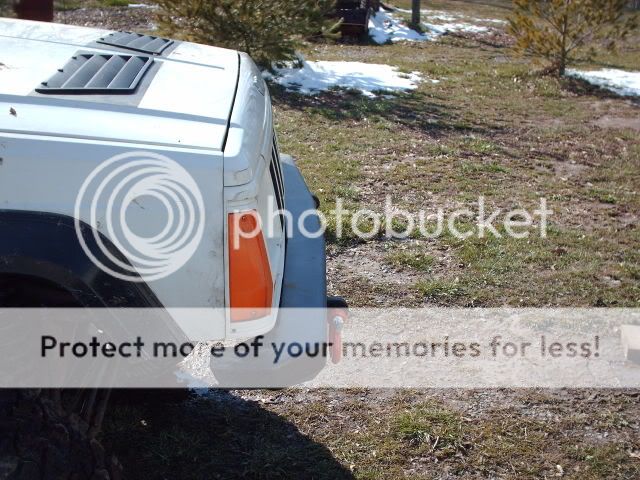smcdonaldaz
NAXJA Forum User
- Location
- Litchfield Park, AZ
I live in the Arizona desert so I understand the need to keep the temperature down under the hood. I see people add ventsand am colse to doing in on my ne rig, but wonder if a small scoop would work better. Because of the air speed I assume there is a low pressure buildup thus sucking hot air up through the vents. I guess my question is this, is there enough airspeed to make a small scoop like this:
http://cgi.ebay.com/ebaymotors/Euro...008QQitemZ180227573521QQrdZ1QQsspagenameZWDVW
as or more effective as the vents?
You thoughts please?
http://cgi.ebay.com/ebaymotors/Euro...008QQitemZ180227573521QQrdZ1QQsspagenameZWDVW
as or more effective as the vents?
You thoughts please?



